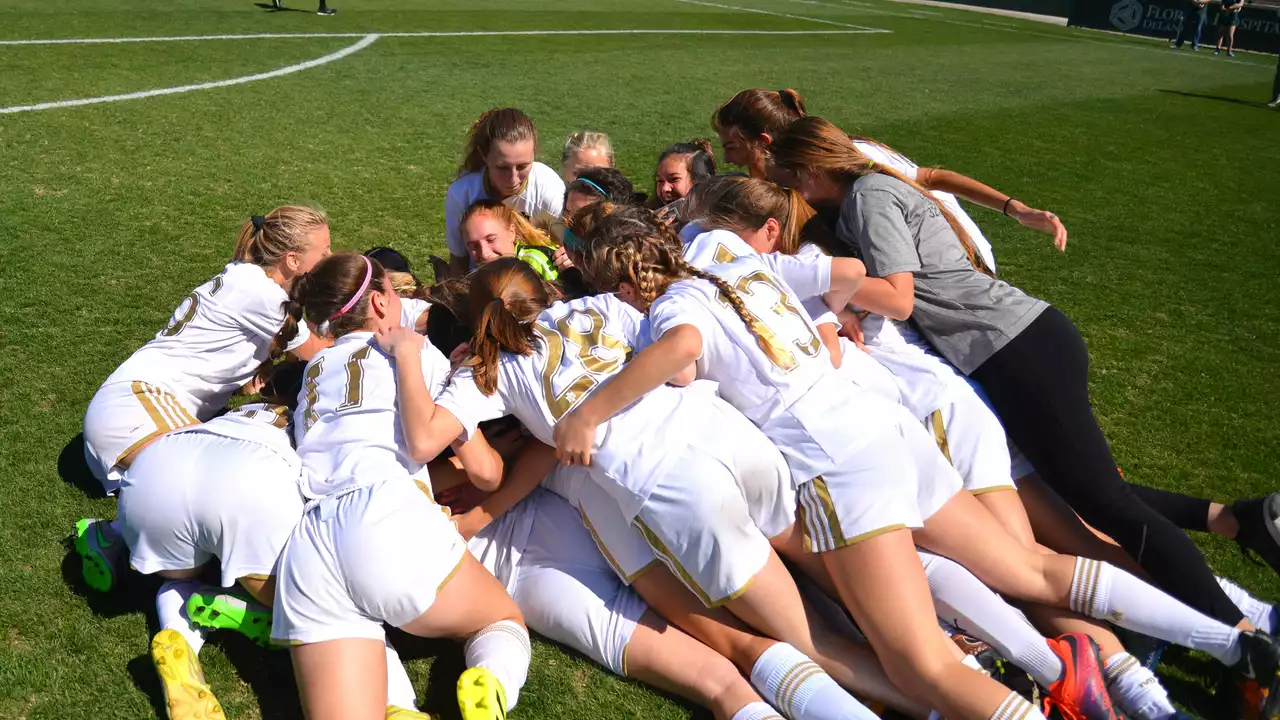Girl's Soccer Team – What Every Parent and Coach Needs to Know
Thinking about starting a girl’s soccer team or looking for ways to boost the one you already have? You’re in the right spot. From picking the right ball to building confidence on the pitch, we’ve got the basics covered in plain, no‑fluff language.
Getting Started: The First Steps
The biggest hurdle is often just getting the ball rolling. Start by finding a local park or school field that’s free on weekends. Gather a small group of kids—five to seven is a comfortable size for drills and small‑sided games. Keep the equipment simple: a size 4 ball works for ages 6‑12, and a couple of cones are enough for marking drills.
Next, talk to the kids’ parents. Explain the schedule, the cost (if any), and the focus on fun and skill development. A quick email or WhatsApp group can keep everyone on the same page and avoid missed practices.
Coaching Basics: Skill Over Pressure
When you’re on the sidelines, remember that skill comes before competition. Start each session with a 10‑minute warm‑up—jogging, dynamic stretches, and a fun game of tag to get the blood flowing. Then, move to ball‑control drills: dribbling through cones, basic passing, and short shooting exercises.
Encourage the girls to ask questions and give them lots of positive feedback. If a player misses a pass, say something like, “Good effort, let’s try that again together,” instead of just pointing out the mistake. This builds confidence and keeps the atmosphere upbeat.
Mix in small‑sided games (3‑v‑3 or 4‑v‑4). These give every player more touches on the ball and teach them how to read the game. Keep the rules simple and focus on teamwork—celebrate assists as much as goals.
Supporting Growth Off the Pitch
Soccer isn’t just about what happens on the field. Encourage the girls to watch matches, whether it’s the Women’s World Cup or a local high‑school game. Seeing strong female role models helps them imagine their own future in the sport.
Consider inviting a local female player or coach for a short talk. Real stories about juggling school, training, and confidence boost can resonate more than any textbook advice.
Nutrition and rest matter too. A balanced snack after practice—like fruit and a handful of nuts—keeps energy up. Remind the parents that a good night’s sleep is just as important as the training session.
Overcoming Common Challenges
Some parents worry about injuries. The truth is, with proper warm‑ups and age‑appropriate drills, the risk stays low. Keep a basic first‑aid kit handy and know the signs of overuse injuries—persistent soreness or swelling that doesn’t improve after a day of rest.
Another hurdle is keeping the team together as kids grow older. Offer clear pathways: talk about joining a local club, trying a travel team, or even playing in mixed‑gender leagues if that’s what they prefer. Having a plan shows the girls that there’s a future beyond the weekend games.
Bottom line: a successful girl’s soccer team thrives on fun, consistent practice, and strong support from coaches and parents. Start small, focus on skill, celebrate progress, and watch those young athletes bloom on and off the pitch.
Is it hard to get on a girl's soccer team in middle school?
Getting on a girl's soccer team in middle school can be challenging, but it's not impossible. The level of difficulty often depends on the competition and the specific requirements of the team. Excellence in skills, a great understanding of the game, and physical fitness are typically prerequisites. Also, coaches tend to favor those who display commitment and a good attitude. So, with hard work, dedication, and the right mindset, making the team is definitely achievable.



